In the high wilds of Southern Utah in the Fishlake National Forest stands Pando, a 106-acre aspen tree that is the largest, heaviest and, very likely, the oldest tree on earth. Comprised of over 40,000 stems that appear on first glance to be individual trees, each branch of Pando is in fact, a genetically identical part of the same tree connected by a vast underlying root system that could span some 12,000 miles if laid end-to-end according to rapid field estimates by scientist Paul Rogers. Weighing in at 13.2 million pounds, Pando is the largest tree by weight, three to five times larger than the largest known redwoods. Although Pando cannot be aged using current techniques, most scientists agree that the Pando seed set down sometime between 8,000 and 12,000 years ago when climate currents in the region shifted at the end of the last ice age. The largest, the heaviest and likely the oldest tree, above ground and below, Pando redefines what a tree is or, can be. It serves as an extraordinary reminder that there is much we have to learn about the planet we call home.
Documenting Pando
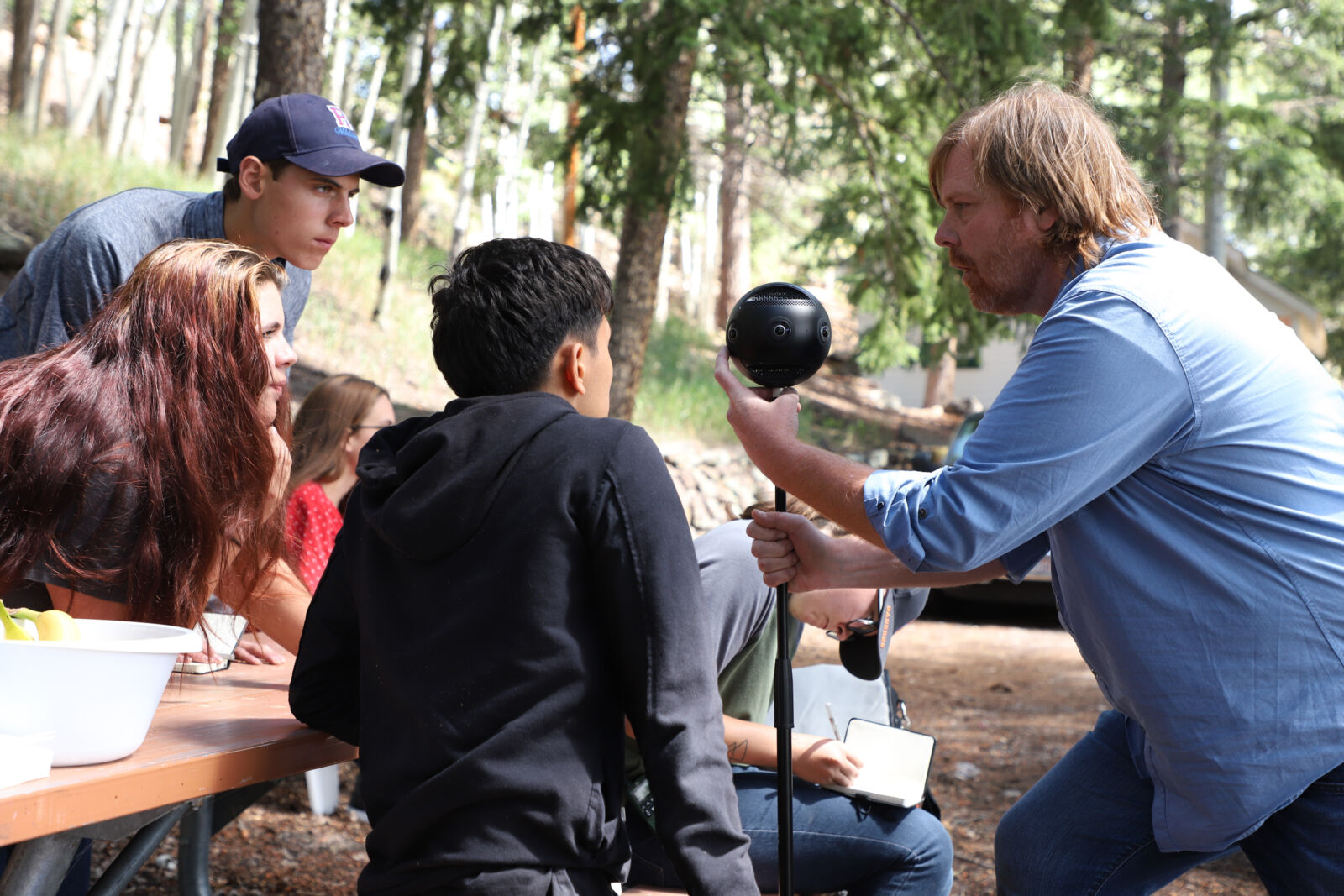
Right to Left: Lead Photographer Lance Oditt trains students Ngawang Salaka, Tiesha Smith and Carson Utley for the Pando Photographic Survey. (Credit: Tonia Lewis)
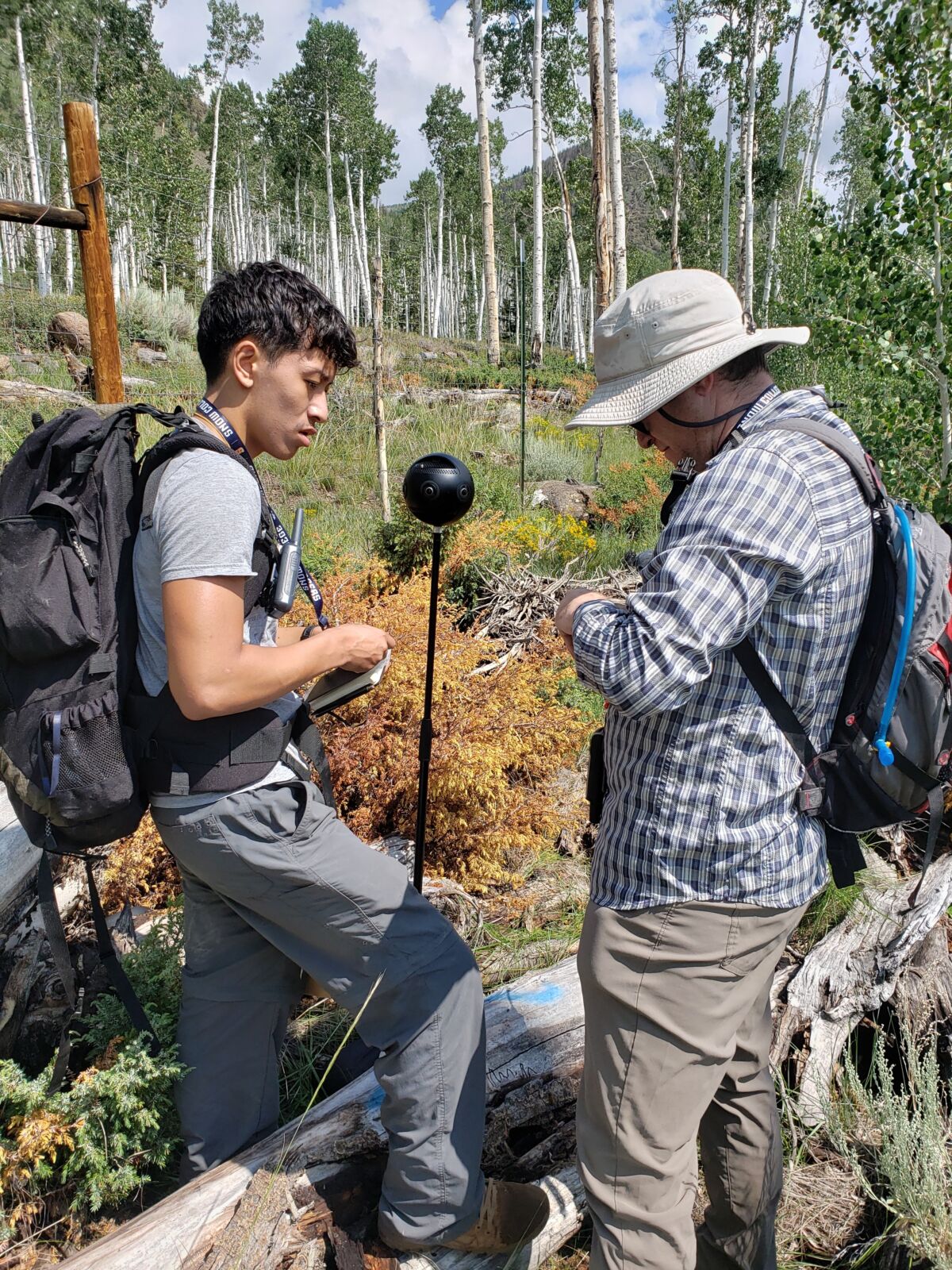
(Right) Pando Photographic Survey Lead Science Advisor Ryan Thalman of Snow College helps participant Ngawang Salaka (Left) prepare a shot for the Pando Photographic Survey. (Credit: Tonia Lewis)
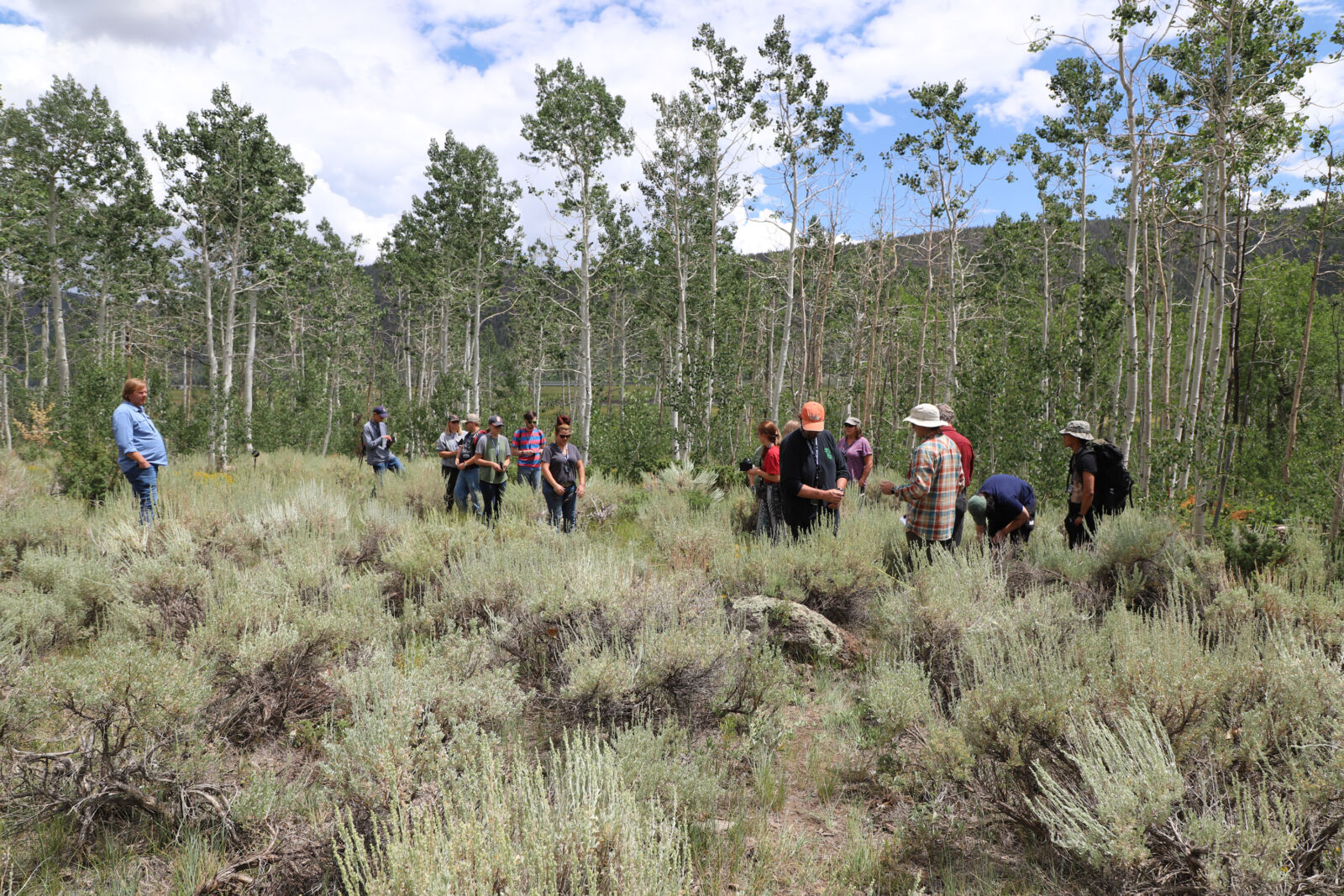
The Pando Photographic Survey team undergoes field training in the Pando. (Credit: Tonia Lewis)
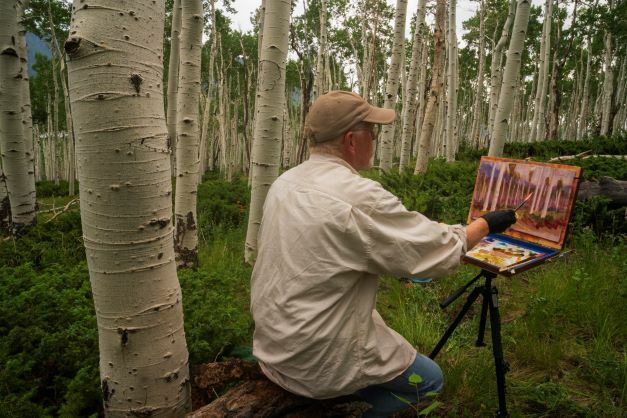
Friends of Pando Artist Kirk Henrichson paints Pando. Kirk’s work will be used as part of Virtual Exhibit of the survey which will allowing people to experience and learn about Pando first hand using their mobile devices. (Credit: Lance Oditt)
Despite being the world’s largest tree, to date, we have lacked a detailed and comprehensive photographic record of Pando and the land it calls home. This summer, working as stewardship partners with Fishlake National Forest, the volunteer-led Friends of Pando worked to create the first comprehensive visual scientific record of Pando. A systematic and detailed account of the tree that scientists can use to study Pando and which can be replicated so the tree can be monitored for generations to come. Employing 25 volunteer students and citizen scientists aged 13-69 years old, the Pando Photographic Survey documented over 8,000 locations of Pando using high-resolution 360-degree cameras. A record Friends of Pando is now beginning to process so that it can be made freely available for study. A record we will also use to educate the public via immersive interactive engagements.
The Challenges Ahead
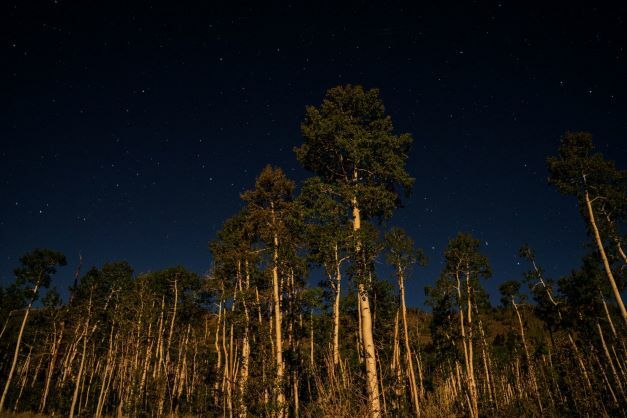
The full moon illuminates Pando’s branches in late summer. One of a number of mysteries we have yet to fully understand, Pando’s bark contains chlorophyll allowing it to produce energy without its leaves in winter and in low light conditions. (Credit: Lance Oditt)
As the Pando Photographic Survey is the largest picture of a tree ever taken, I have often been asked about the most difficult aspect of this project. Cameras are fussy, weather disrupts progress and people make mistakes, none of which I find newsworthy. What I do find newsworthy is this: Research suggests the tree is shrinking due to over-browsing by ungulates and Pando is struggling to fight off three diseases commonly found in aspen. Large scale problems neither the Forest Service nor independent researchers can solve alone. These are challenges that indicate it will involve generations of research, collaboration and stewardship to protect Pando. Until now, Pando has not had the support of a group dedicated to the tree’s wellbeing. It is Friends of the Pando’s hope and aspiration that, while working alongside the Forest Service, we can educate the public, support research and inspire stewardship so that the tree can be preserved and celebrated for generations to come.
About the Author
Lance Oditt
is the Lead Photographer of the Pando Photographic Survey. His work documenting Pando and other endangered trees has appeared in a wide variety of publications. To learn more about the Pando Tree and opportunities to take part in its future, visit friendsofpando.org. To learn more about Lance and his love of trees, visit studio4760north.com.
Header Photo: A green outline indicates the approximate boundaries of Pando, a
106-acre aspen tree located in Fishlake National Forest in Utah. (Credit: Lance
Oditt)

